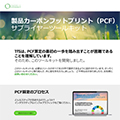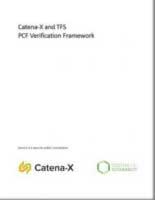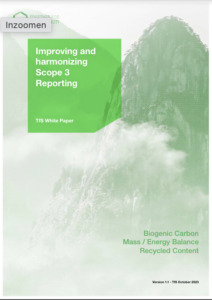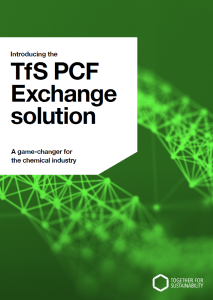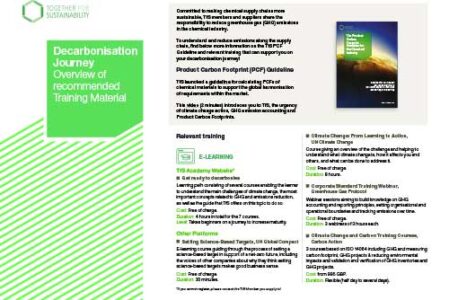The Product Carbon Footprint Guideline
for the Chemical Industry
Calculating the carbon footprint of products provides the best product-level information for identification, tracking and reducing Scope 3 GHG emissions in the industry.
Taking the lead for the chemical industry, TfS developed the Product Carbon Footprint Guideline for calculation for chemical materials which will enable suppliers and corporations to produce, and later on share, high-quality carbon footprint data.
- First-of-its kind, chemical industry-specific and tailored to meet the unique challenges when calculating PCFs
- “Audit-ready”, ISO-compliant, and accepted by the GHG Protocol
- “Open source”, useful for global industries using chemical materials
Information
Version 3.0 of the PCF Guideline in Chinese, Japanese, Spanish and Portuguese will be made available on this page in the first half of 2025. Please check the English version for the latest version of the PCF Guideline (V3.0).









